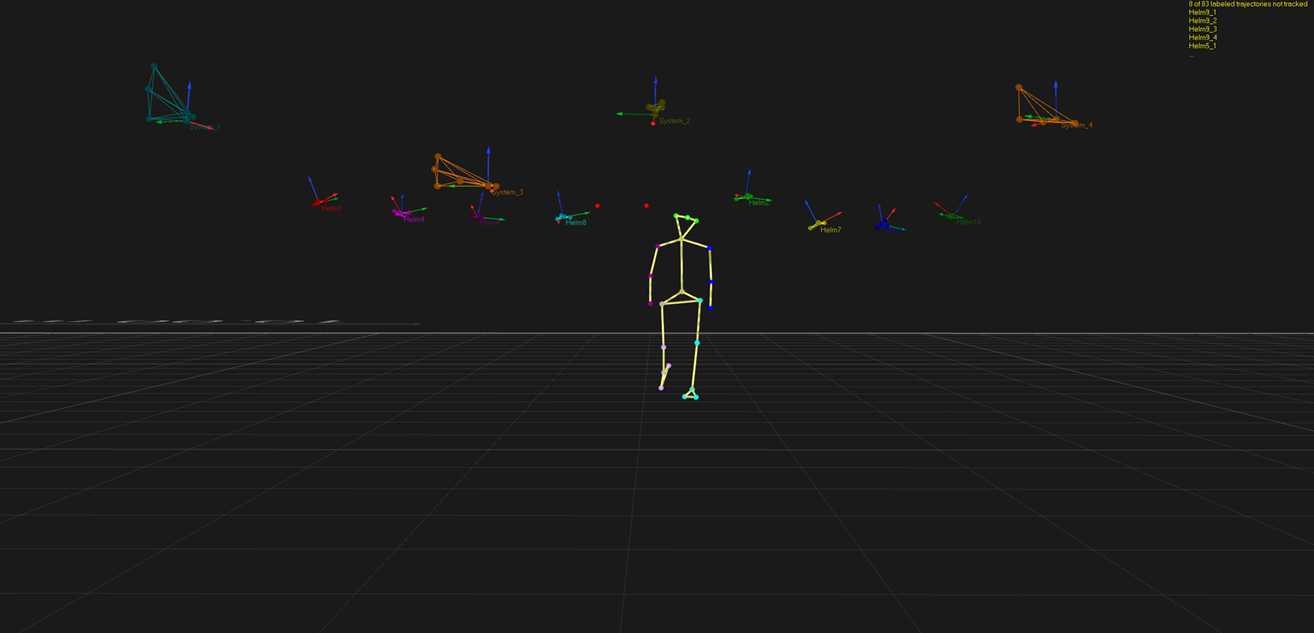At a glance
If automated and autonomous vehicles are to operate efficiently and without safety concerns in the future, there is a need to put in place intelligent infrastructure with connectivity to traffic flows. A key function of such infrastructure is the capability to detect all road users, especially individual pedestrians. Though object classification technology already exists for cars, trucks, motorcycles, cyclists, and pedestrian groups, distinguishing individuals from a group of people presents a huge challenge, especially when it comes to validating the sensor technology used. This is the prime use case for HORIS – a joint Fraunhofer IIS, Fraunhofer FHR and Fraunhofer IVI project developing technology that goes beyond the state of the art.
To demonstrate the technology, a typical traffic situation was chosen: a street with two bus stops some distance apart, and road users including pedestrians and vehicles. Several radar sensors provide data, which, when fused, enables the early detection of movement if one or more people break away from the group waiting at the bus stop and spontaneously cross the road. The raw data can also be used to detect biosignals, such as pulse and breathing, which offers a way to distinguish individuals from one another and predict their behavior. The idea is to transmit a hazard map based on this information to moving traffic so emergency braking or other maneuvers can be calculated.


